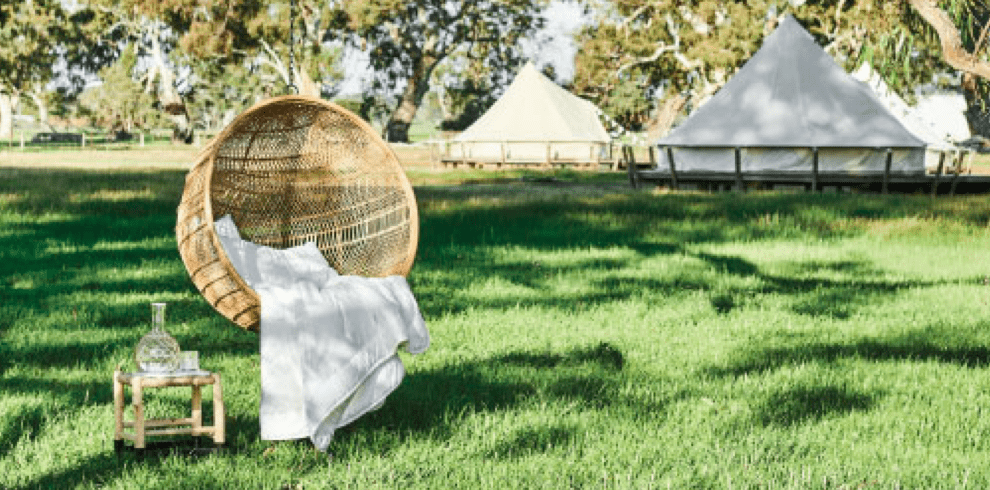In the animal kingdom, unless you are at the top of the food chain, sleeping can be a dangerous pastime. Often, you need to remain alert to ensure you don't fall victim to a hungry predator. Here are a few ways that animals have adapted to achieve some quality shut eye, while safeguarding their future.
Common to many birds and marine mammals is the ability to literally sleep 'with one eye open'. Research shows that some animals are able to shut down half of their brain with the other half remaining fully alert. Scientists suggest that this unihemispheric brain activity allows animals to be aware of impending danger and allows aquatic creatures to continue to breathe while providing periods of restorative sleep.
In order to deter prey and grab a great night's sleep, the male malachite sunbirds puff up their chest feathers. It is thought that these brightly coloured birds are trying to intimidate would be killers by appearing to be the golden eye of a larger, more terrifying being.
Sea otters bring a whole new meaning to the expression 'drift off to sleep'. To prevent themselves floating away, these furry little critters anchor themselves to help stay put as they sleep. It is common for singles to 'raft up' in groups of up to 100, wrapped in seaweed fronds or even holding hands.
Possibly originating to prevent falls from treetops while they slept, great apes have evolved to build cosy and quite intricate nests. Teaching their young the skill from as early as six months, these clever animals weave branches and leaves to create comfy pads big enough to curl up and sleep securely on.
Source www.bbc.com



